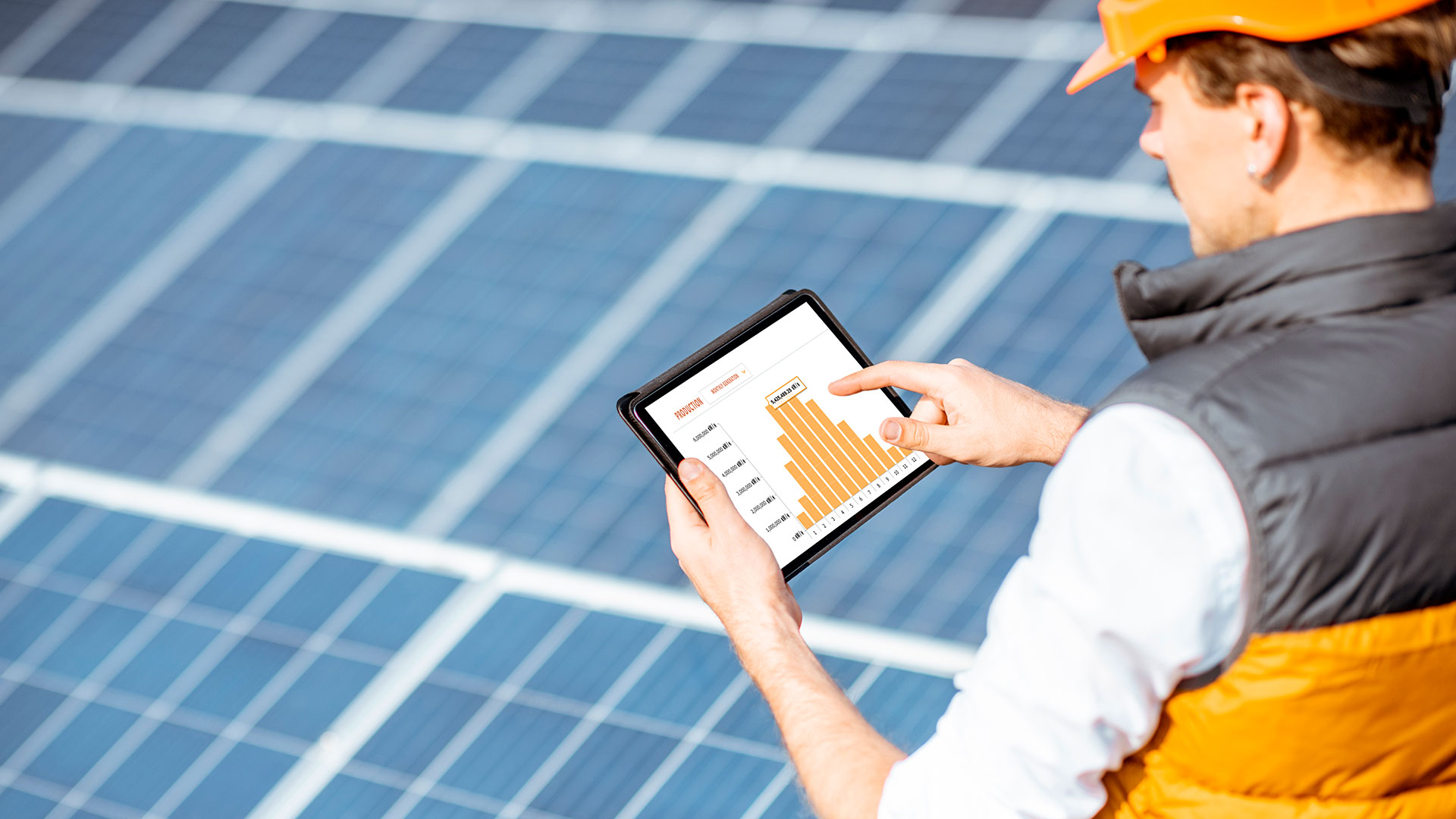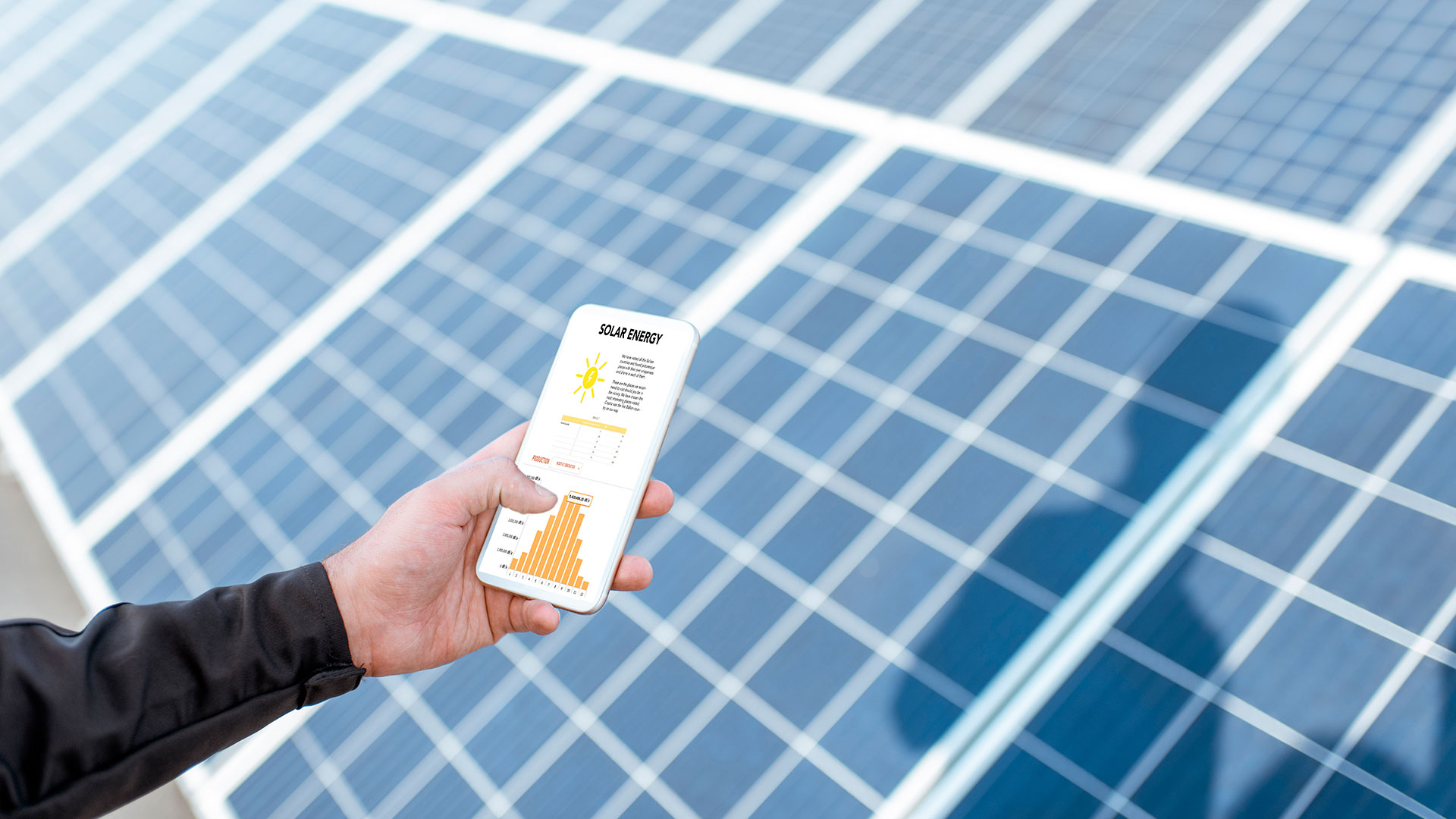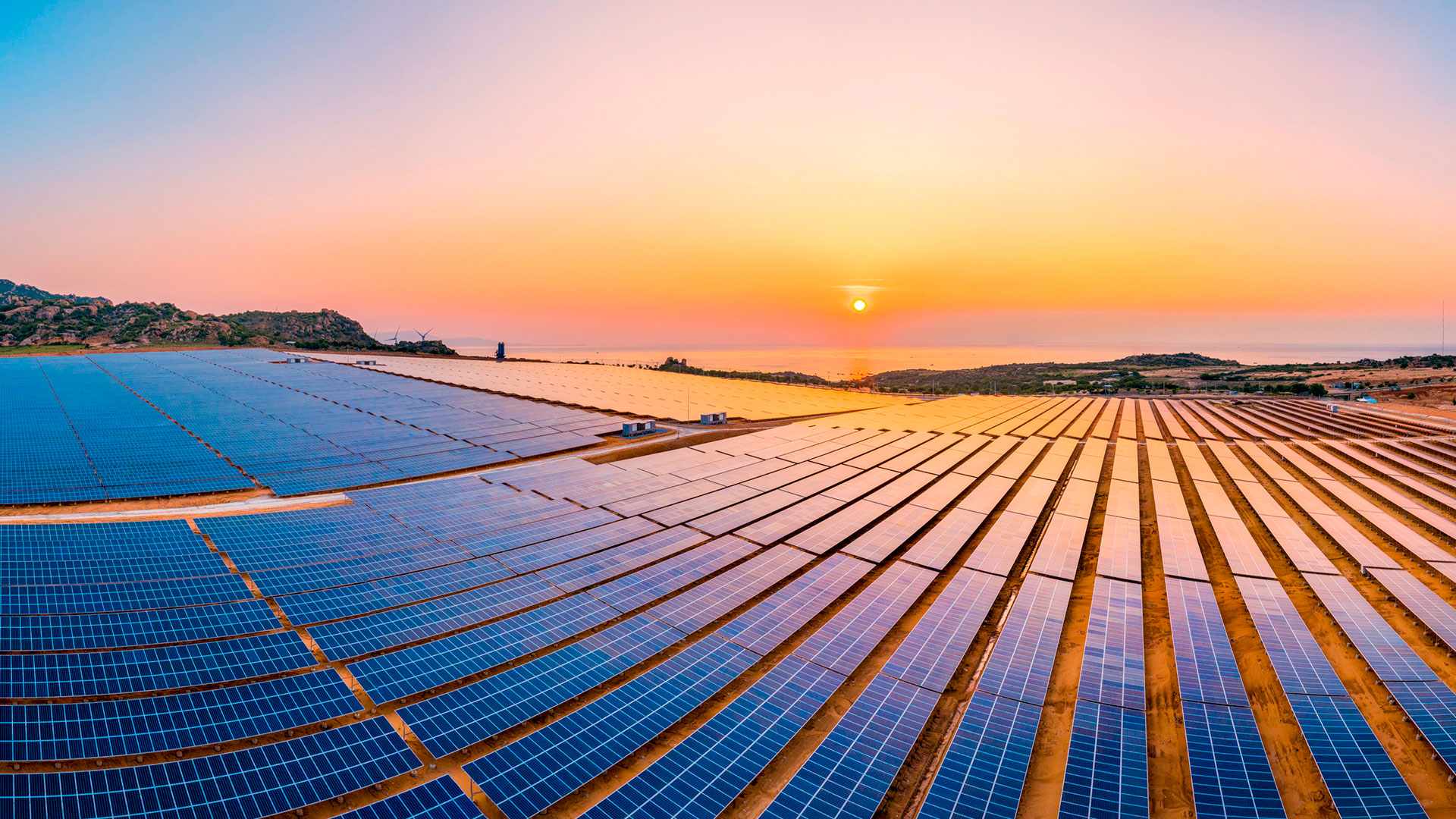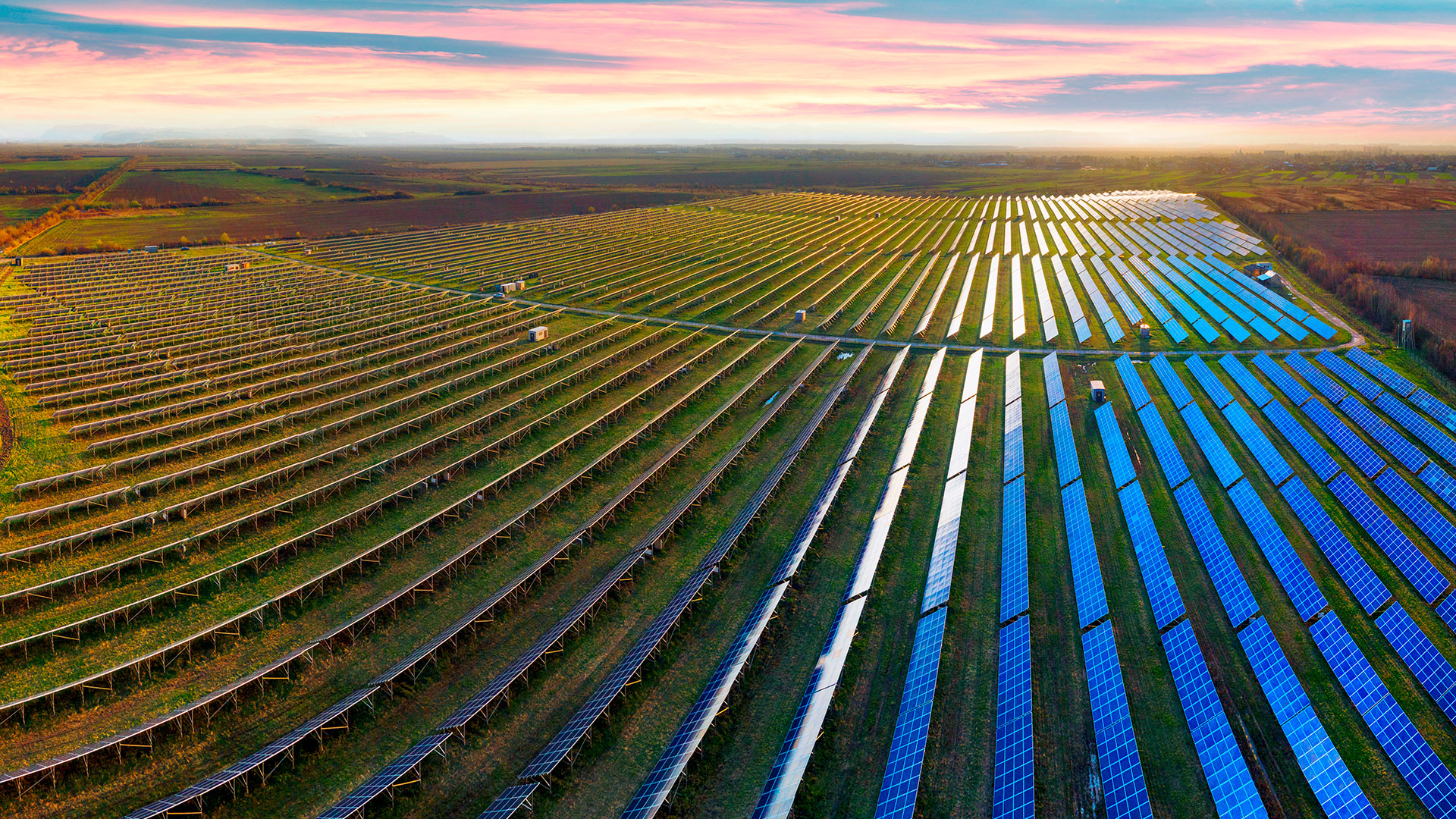BENEFITS
The solar farm has the necessary technology so that the panels used rotate towards the position of the sun so as not to waste a single ray, making the most of its light; this can cover an area of several tens of hectares.
The use of renewable energies also generates energy independence for farmers, especially in those remote areas where energy has not yet reached.
Without a doubt, it is great news to be able to generate energy free of hydrocarbon contamination and thus gradually reduce the environmental footprint that human beings have left on the planet over time.
1. It can supply power to more than 1,500 homes per year (based on an average annual consumption of 3,300 kWh of electricity for a house) and would save 2,150 tons of CO2.
2. They have a dual use with sheep or other grazing animals helping to maintain biodiversity.
3. No by-products or waste are generated, except during manufacturing or disassembly.
4. They have less visual and environmental impact than other forms of power generation.
5. They help combat climate change, but they can also make a substantial contribution to protecting the biodiversity of the countryside and work together with agriculture.
6. Solar power also creates investment and jobs in local communities, which in turn reduces dependence on fossil fuel imports from abroad.







